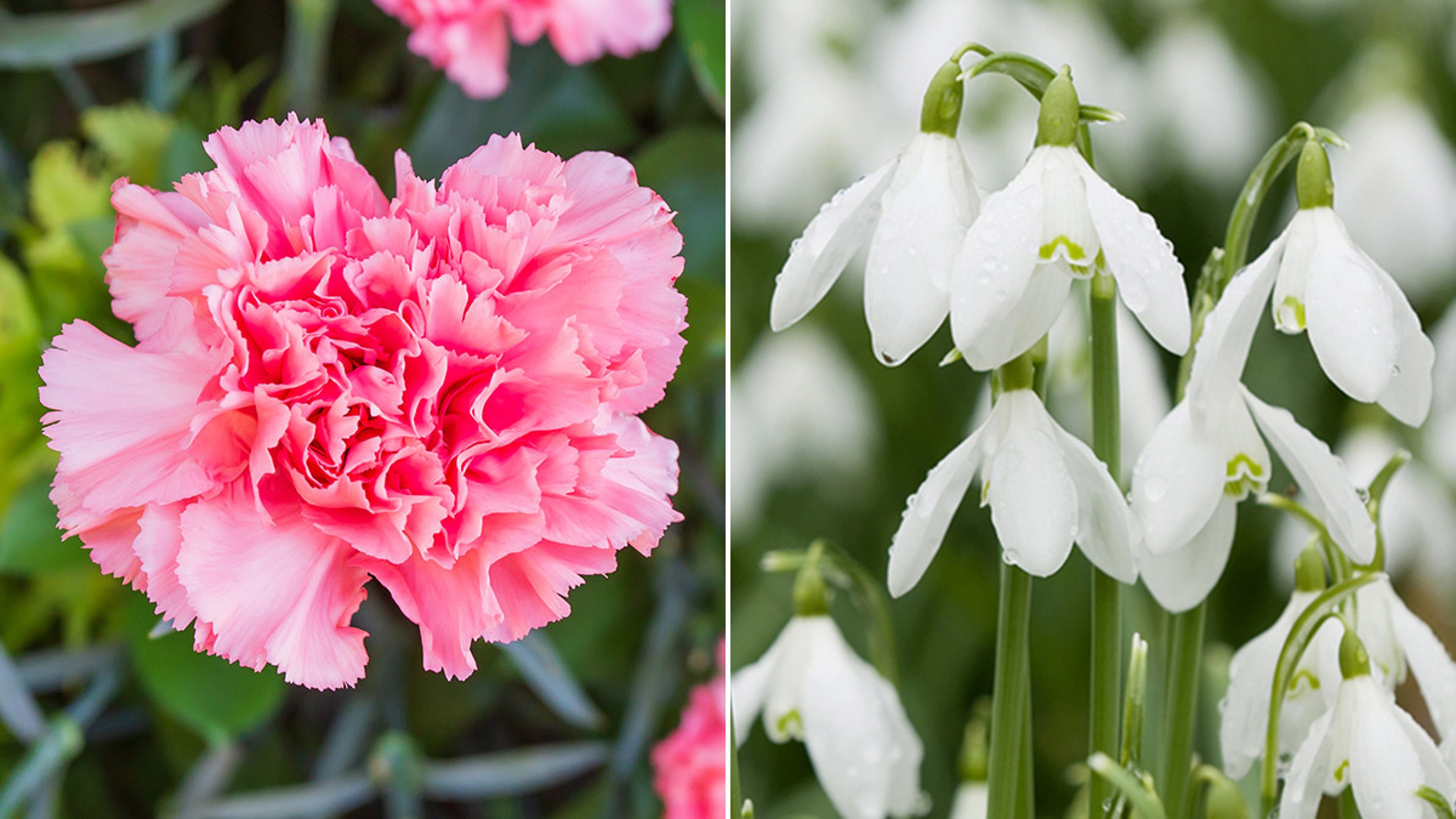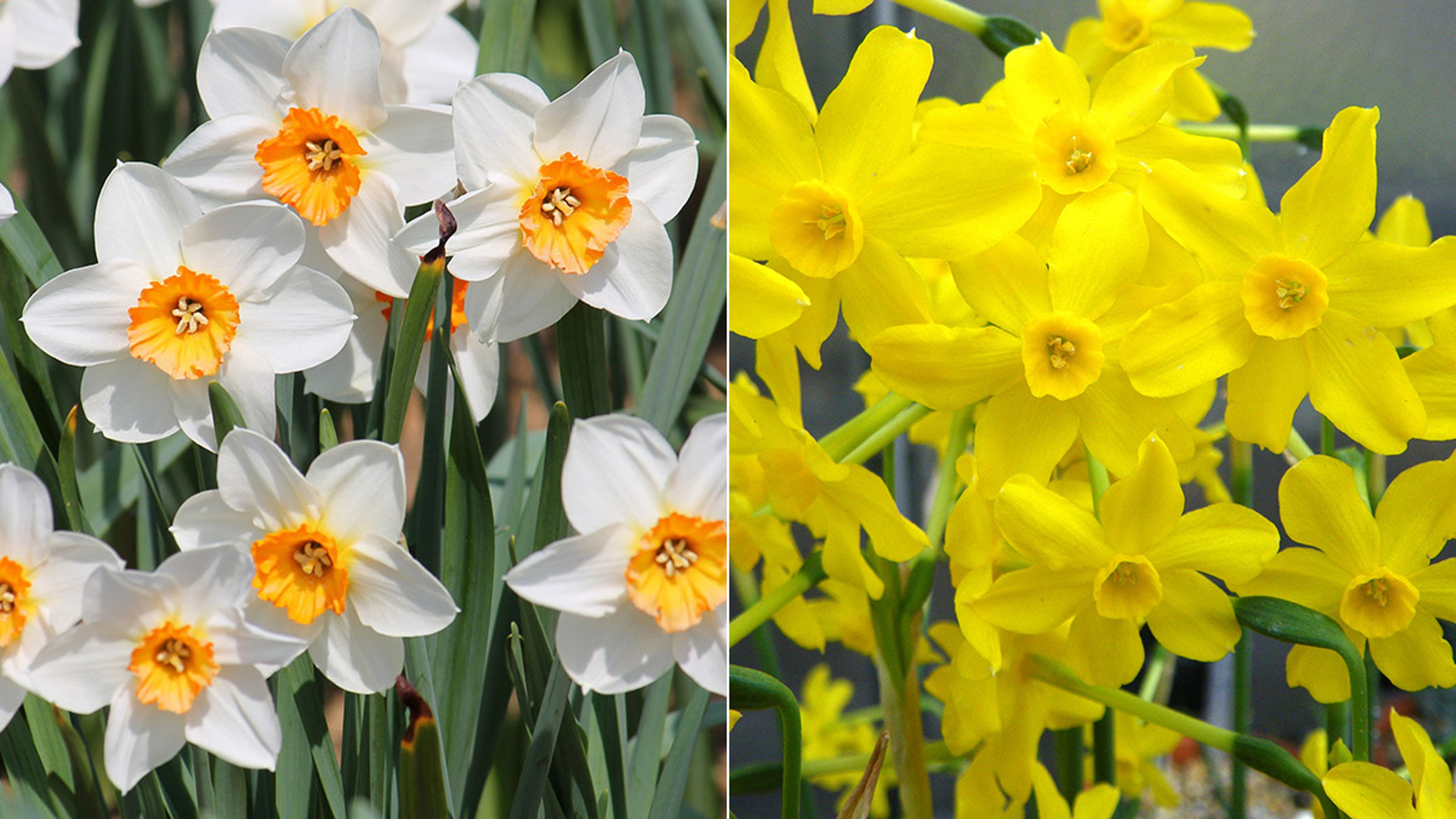September Birth Flowers: Exploring the Aster and Morning Glory
These delightful blooms capture the essence of the transition from summer to autumn.
Aug 17, 2023
As the summer heat gives way to the gentle embrace of fall, and other important annual rites (back to school time, start of football season) resume, September eases us back into the regular rhythm of our lives. It is a month of transition, one that exudes a charm and warmth all its own — and its birth flowers capture that essence as well.
Whether you're celebrating a September birthday or simply appreciating the splendor of nature, the September birth flowers bring a vibrancy and sense of joy that evoke the autumn season and everything we love about it.
What are the September birth flowers?
September's birth month flowers are the aster and morning glory.
Asters belong to the Asteraceae family, which is one of the largest plant families, comprising over 600 genera and 23,000 species. Most aster species bloom in late summer or fall. They are found in various habitats around the world, including meadows, woodlands, marshes, and mountains, and have a wide distribution, occurring naturally on every continent except Antarctica. Asters produce daisy-like flowers with vibrant colors, including white, pink, purple, lavender, blue, and occasionally yellow.
Morning glory belongs to the genus Ipomoea, which is a large group of flowering plants in the Convolvulaceae family. The flowers are known for their rapid growth and quick blooming; some species can produce flowers within six to eight weeks from planting. They exhibit a wide range of colors, including shades of blue, purple, pink, red, white, and sometimes yellow. Morning glories are climbing plants that employ twining vines to reach greater heights. Their flowers are generally large and showy, with a distinct trumpet-like shape, and can measure 2 to 5 inches in diameter.

What does the aster flower mean?
Asters are associated with several symbolic meanings, including love, patience, elegance, and wisdom. In some cultures, they are seen as a talisman of love and considered to bring good luck.
In ancient times, Greeks believed that asters were created from stardust falling to Earth. (The name "aster" derives from the Greek word for "star.") They believed that burning aster leaves would ward off evil spirits and bring good luck. These flowers have also been associated with the mythical goddess Astraea, who was said to have transformed into an aster to escape Earth's woes.
Aster care tips
To ensure the longevity of your asters, follow these care tips.
Watering: Asters prefer well-drained soil, so water them regularly. However, avoid overwatering, as excessive moisture can lead to root rot.
Sunlight: Asters thrive in full sunlight, so choose a location where they can receive at least six hours of direct sunlight each day.
Pruning: Regularly deadhead faded blooms to encourage continuous blooming throughout the season.
Fertilization: Use a balanced, water-soluble fertilizer once every two weeks to promote healthy growth and vibrant flowers.

3 interesting facts about asters
1. Pollinator attractors
Asters are popular among pollinators, particularly bees and butterflies. Their nectar-rich flowers provide an important food source for these insects, contributing to the ecosystem's overall biodiversity.
2. Native American medicinal use
Some Native American tribes traditionally used certain aster species for medicinal purposes. For example, the roots of New England aster (Symphyotrichum novae-angliae) were used by the Penobscot tribe as a poultice for skin infections.
3. Species richness
North America is particularly rich in native aster species, with over 100 species found on the continent. The New England Aster and New York Aster (Symphyotrichum novi-belgii) are examples of North American native asters.
What are the best September flower gifts?
Check out these wonderful gift options that highlight the September birth flowers.
What does the morning glory flower mean?
Morning glories symbolize affection, love, and the beauty of the dawn. They are often associated with a renewed sense of hope and a fresh start.
As their name suggests, morning glories bloom only early in the day, and then only once, before closing for good in the afternoon; thus, these flowers serve as reminders to seize the present moment and appreciate the beauty that surrounds us.

Morning glories hold cultural significance in various regions. In Japan, the morning glory (Asagao) symbolizes summer, while in China it represents happiness, peace, and harmony. Native American tribes viewed these flowers as symbols of spirituality and renewal, often incorporating them into rituals and ceremonies.
Morning glory care tips
To cultivate flourishing morning glories, consider the following care tips.
Planting: Morning glories prefer well-drained soil, ample sunlight, and a support structure, such as a trellis or fence, on which to climb.
Watering: Keep the soil moist but avoid excessive watering, as it can lead to root rot. Water morning glories deeply once or twice a week.
Pruning: Regularly remove spent flowers and trim any excess growth to encourage continuous blooming and prevent the plant from becoming invasive.
Winter protection: Morning glories are annuals in most regions. If you live in a colder climate, collect seeds for the following year or treat them as annuals and replant each spring.

3 interesting facts about morning glories
1. Fragrance and nectar
Some morning glory species emit a sweet fragrance, especially in the evening, which attracts moths and other nighttime pollinators. They also produce nectar, making them appealing to butterflies and bees.
2. Medicinal uses
Some morning glory species have been used in traditional medicine. For example, the seeds of Ipomoea purga were historically used as a laxative and are still utilized in herbal remedies today.
3. Invasive potential
While morning glories are beloved garden plants, some species, such as the common morning glory (Ipomoea purpurea), have invasive tendencies in certain regions. They can spread quickly and crowd out native plant species, requiring careful management in some areas




















